Media | Articles
Martin Aveyard’s world-class 1:24 models are pure car zen, but he won’t sell
In my circle of friends, there’s not a single car enthusiast who doesn’t have a shelf or drawer of toy cars, whether 1:18-scale models they built themselves or 1:64 Hot Wheels they bought at the grocery store in a blister pack. We love our full-size vehicles, but having miniatures around is an unofficial prerequisite to becoming a card-carrying member of the enthusiasts club, and a way to pay homage to vehicles we can only dream of parking in our garages.
On my desk, I’ve got a Ford GT, a Corvette ZR1, and a V60 Polestar, all vehicles I’ve enjoyed driving in recent years. In my trophy cabinet, I’ve still got the Porsche 959, Ferrari 288 GTO, Ferrari Daytona Spyder, and second-generation Volkswagen GTI kits I assembled many years ago. My favorite piece, however, is a 1:18 die-cast scale model of an early Arancio Borealis (that’s orange, to you uncultured masses) Lamborghini Gallardo signed by its designer, Luc Donckerwolke.
While I haven’t built a model in decades, the game has clearly changed. Social media has connected builders around the world, allowing them to share techniques, brainstorm ideas, and order custom parts with more convenience and speed than ever before. Plus, technology has given the community the ability to push achieve new levels of realism. Case in point? Martin Aveyard, of British Columbia.
Flick through his Stoke Models Instagram page, and it’s clear that Aveyard is passionate about cars and possessed of a broad range of talents honed to exceptional standards.
An advertising industry creative director by profession, Aveyard has a keen eye, as his finished work and the photography he shares on Instagram bears witness. His 1:24-scale builds are incredibly detailed, and he doesn’t stop with the vehicles themselves—that background above ain’t generated by no computer.
Marketplace
Buy and sell classics with confidence
Take this gas station set, for example. Although Aveyard says it’s not quite finished, the hand-built set is already stunning. He’s installed LED lighting and designed the fuel pumps himself, and the attention to detail of the station rivals the twin-turbocharged, Lamborghini Countach model it frames.

Although that Countach sprung from Aveyard’s mind, it’s the kind of modded exotic that you can easily imagine cruising the streets of Tokyo, a product of some provocative Japanese tuner shop like Liberty Walk or Tec Art’s.
While Aveyard starts with basic kits from recognized names in plastic-car modeling—Tamiya, Aoshima, Hasegawa, and Revell—he often takes inspiration from real-world tuners. Thanks to 3D-printing, his creations range from precise scale replicas of factory-spec cars to others that exist (in full scale, at least) only in our imaginations.
Aveyard’s first-generation Skyline GT-R began with a stock model that he combined with an R32 kit. From there, he 3D-printed the tires to fit barrels deeper than those of the stock R32. “Then, I went to Speed Hunters to see what that exact engine looks like, because Rocky Auto out of Japan does these RB26 swaps into Skylines,” he says. “After that, I 3D-printed the exhaust, the intake, the battery, and all that stuff in the engine bay.”

Even the camber plates on Aveyard’s restomodded Skyline are accurately modeled. After examining this build, you’ll understand that Aveyard is the sort of person that refuses to settle, taking it upon himself to craft pieces according to his own standards and vision.
Aveyard was disappointed with the quality and accuracy of the wheel and tire set that came with his Revell Jaguar E-Type kit shown below. He wanted a period-correct, spoked set—so he designed and printed it himself.

“The 3D printing is crazy because I printed those spokes unsupported—as they’re being printed, they just float in air, and then finally they connect to the hub. When it’s done, you’ve got an actual hub with three-tenths of a millimeter diameter spokes out to the outside of the rim. I won’t overestimate or underestimate what the printer can do; when I print, if it doesn’t work, I’ll try something else, but I’m amazed at how often it works.”
3D printing is key for any modern-day modeler to customize or improve their final product, but the technology is young enough that its improvement curve is steep. According to Aveyard, printing that spoked wheel and tire assembly takes his printer three to four hours
“I bought a new printer recently, which cut the printing time to about a third. For example, the model that was out last year was printing eight seconds per layer, and now it’s two and a half seconds per layer.”
The scale modeling community is as welcoming to newcomers as it is meticulous about its subjects. According to Aveyard, you can easily find designs for many of the parts you may need online.
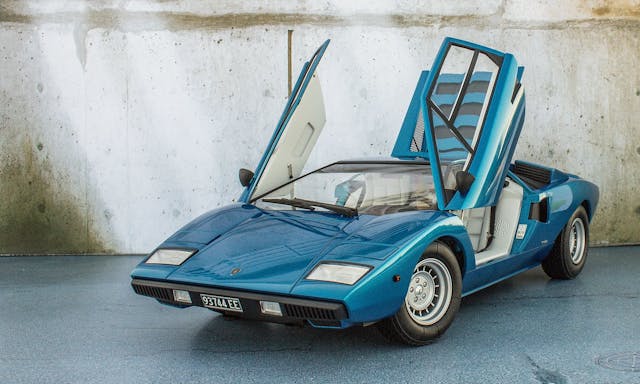
“There are a few big online sites and on some of them you can download free models. I needed a gas can—a jerrycan—so I downloaded the file and printed one out and stuck it on the roof of one of the models. There’s a guy called BlackBoxSTL and he’s putting out wheel files, seats, and full kits as well. He’s pretty much releasing designs weekly and he’s put together quite a portfolio of pieces. You can go to his Cults page, pay five bucks, download a set of wheels and tires, and print them out at home.”
On the other hand, there are times when you can’t buy off the (digital) rack. In those cases, Aveyard improvises. “For me, I build on my own 3D files. Fifteen or twenty years ago, I got into 3D modeling just for fun and then I did some of it for work. I did some architectural rendering and logo design using 3D models, and I kept the skills up, so now if I need to make anything, I can throw it together.”

Caught the bug yet? The learning curve for model-building isn’t steep, and you don’t need to spend the equivalent of a Miata on a set of specialized tools.
“You obviously don’t need a 3D printer,” Aveyard laughs. “You can build kits as they are, but my recommendation for people is always to get an airbrush. The control you have with the paint is so much better … mine was $100. If you see all this stuff on Instagram and then you try and do it with brush painting or spray cans, you’ll be disappointed. I always tell people to invest a little bit of money and time to learn the airbrush, because the quality increases tenfold.”
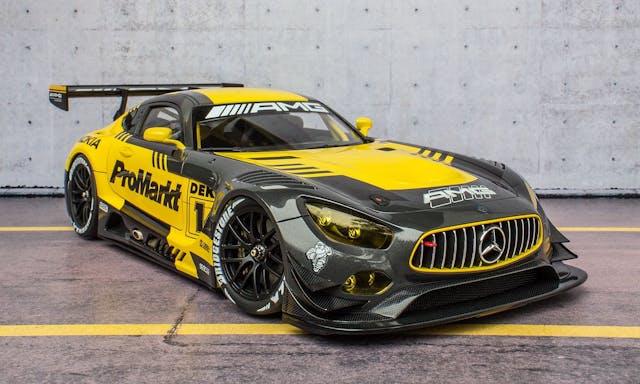
Aveyard doesn’t stick with miniature builds, either. Ten years ago, before he dove deep into modeling, he restored a 1972 Triumph Spitfire ten years ago, doing everything himself except paint. He hasn’t honored it with a scale replica, at least not yet, but he’s got some plans for the vintage Brit.
“If I had known 25 years ago what my Spitfire would still be worth today, I might have picked a different car,” he says. “I would like to convert it to electric because I’ve seen a lot of people converting DB4s and E-Types to electric and some shops are even charging a million dollars to do it, but I think there’s a way to do it for less.”
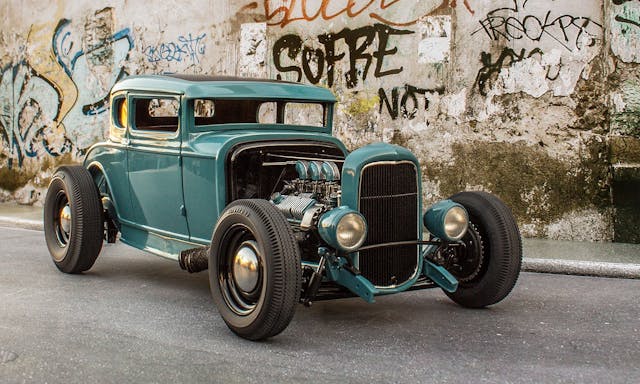
Aveyard doesn’t build his models for profit. Not a single one is for sale and he doesn’t take commissions. Like many of us, this hobby provides a change of pace, an escape from a busy work and family life.
“My kids are a little older now, so I had a bit more spare time, and I wanted something a little bit quiet. I sit downstairs after everybody’s in bed for an hour … it’s like a meditative hobby as opposed to something that’s loud, like grinding and welding, which I can’t do in the house at night.”

Aveyard may not sell his models, but his 60,000 Instagram followers prove that gearheads and model builders alike appreciate his work even when they can’t own it themselves. He’s clear-eyed about his popularity, though: “It’s almost like I’ve got a kind of a tailored skill set for Instagram, because there’s a lot of fantastic builders out there that maybe don’t have the photography skills, and then there’s people who photograph die-cast models that do an amazing job. I think I’ve been lucky to have a skill set that kind of combines both to present the work in the best possible way.”
Passion without regard to profit or popularity. It’s a lesson that’s rare in our hobby. Most of us can’t set aside the constraints of budget when it comes to our real-world vehicles, but poring over Aveyard’s models is a delightful, meditative escape—for observer as well as creator.
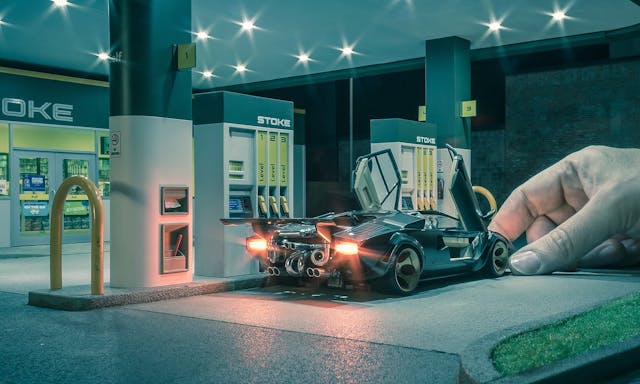
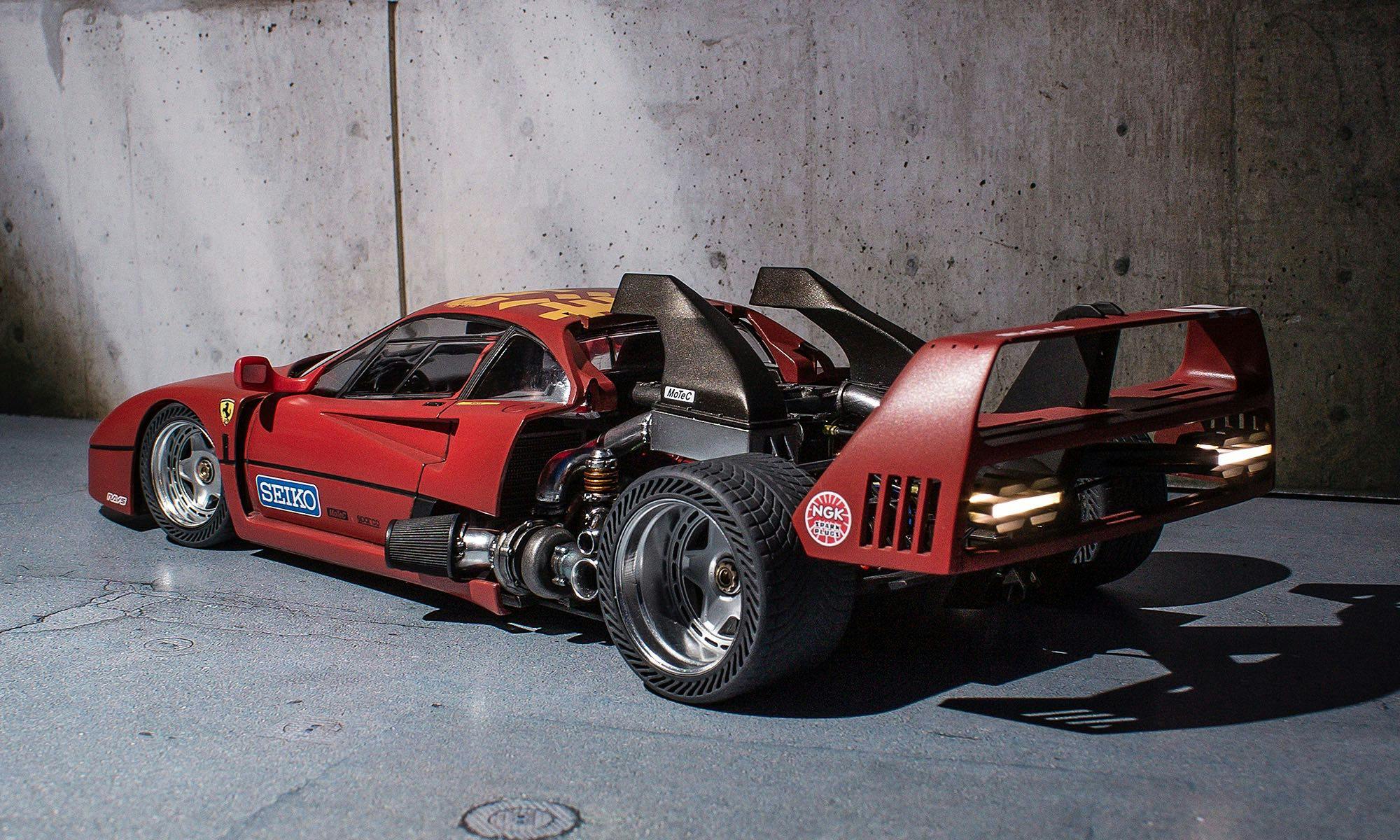
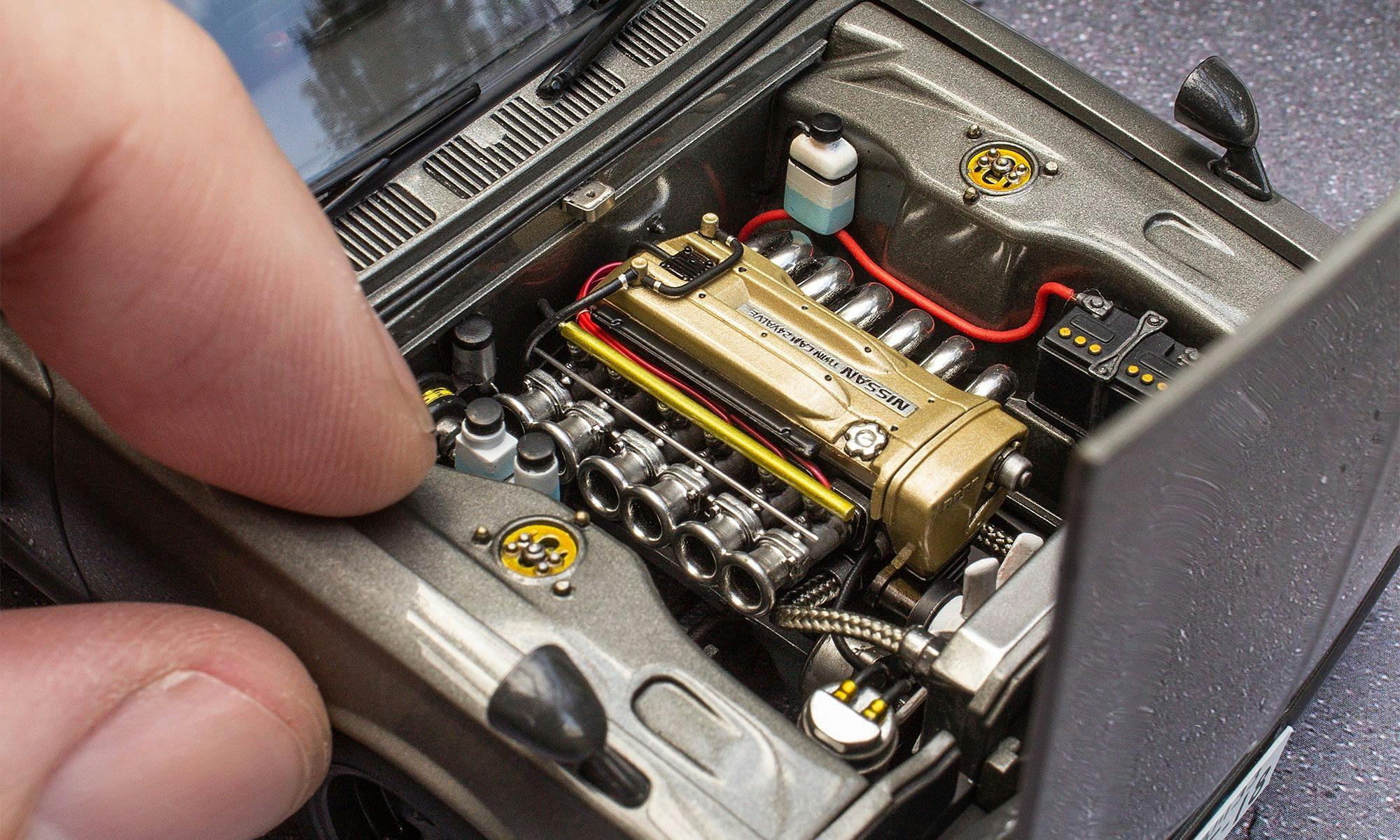
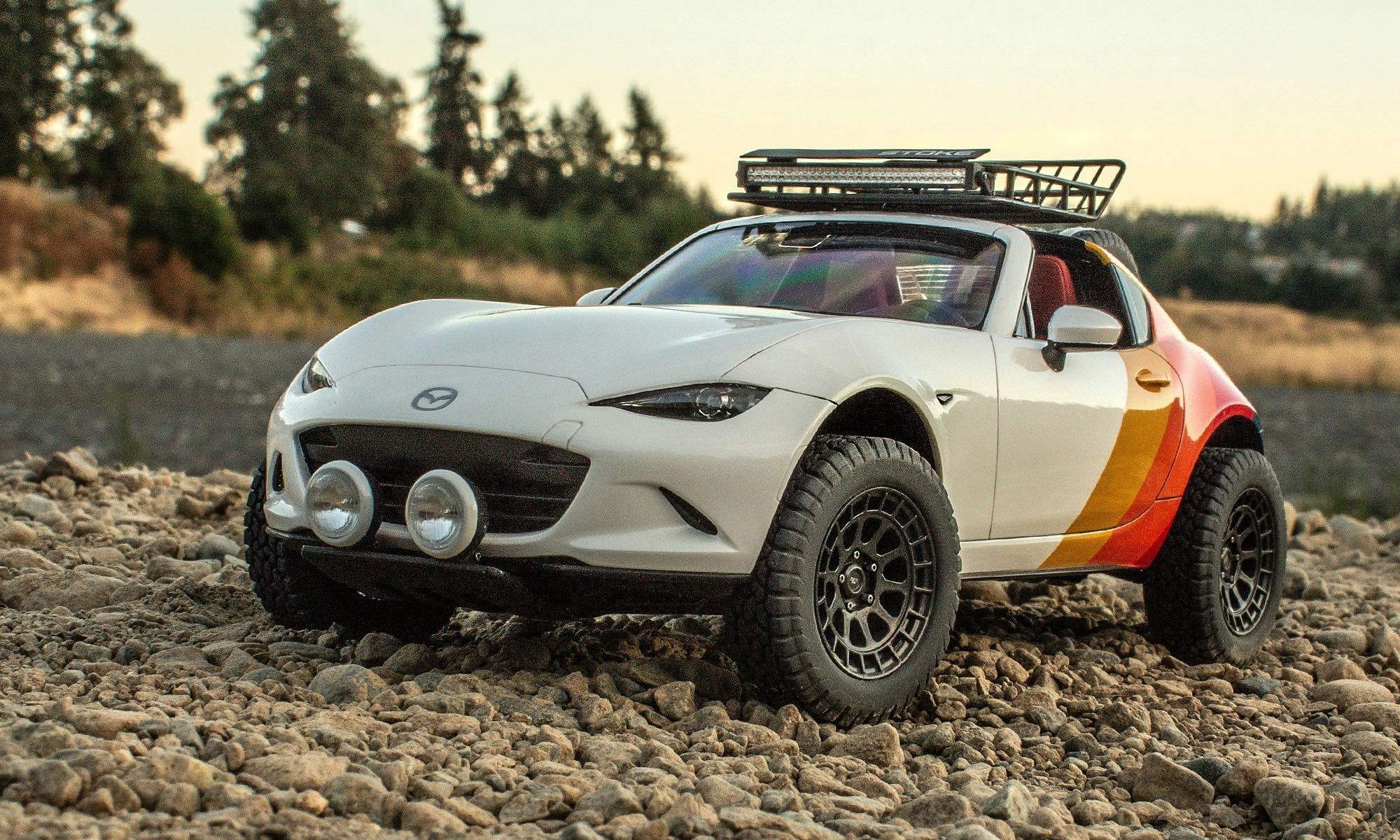






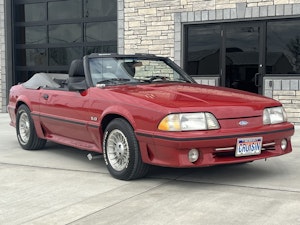


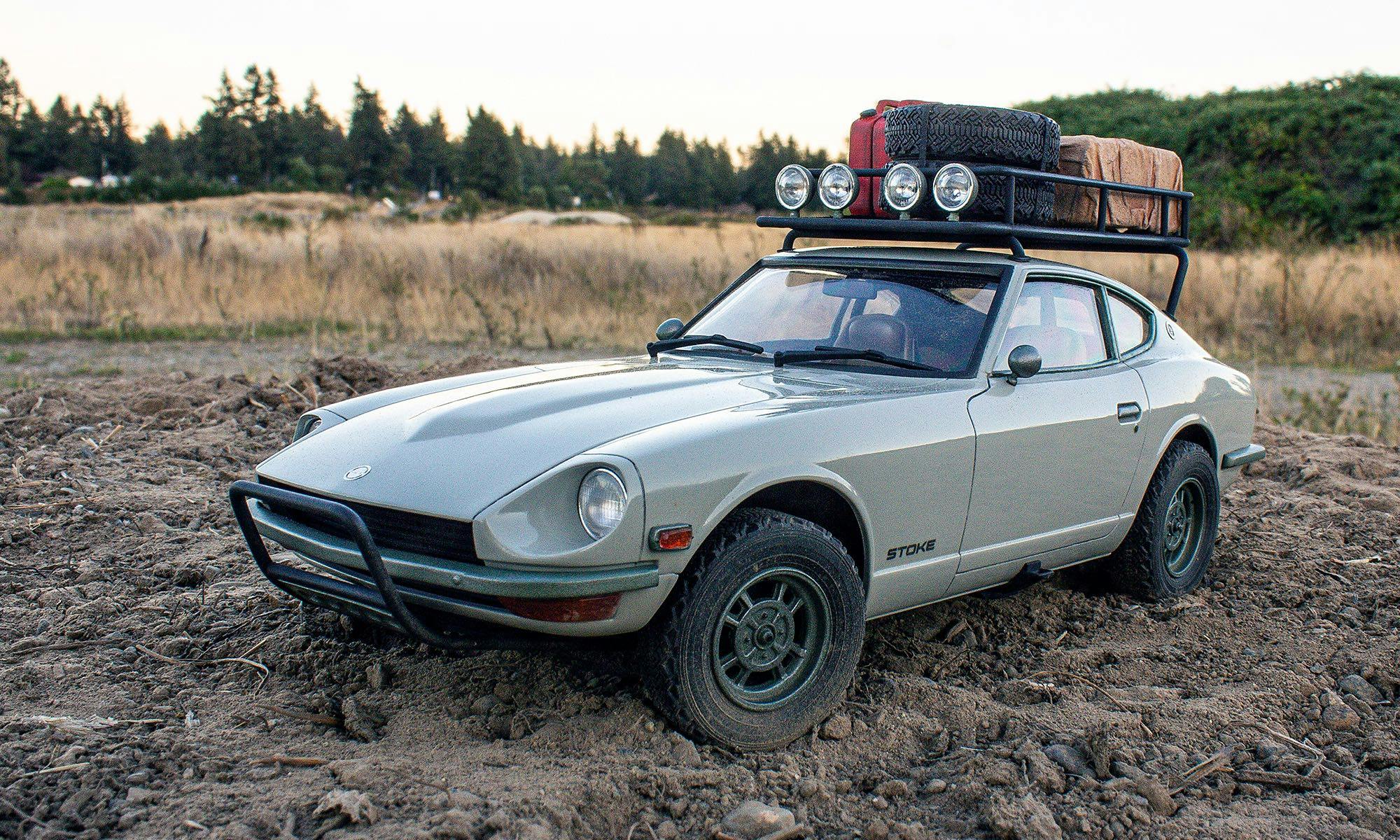
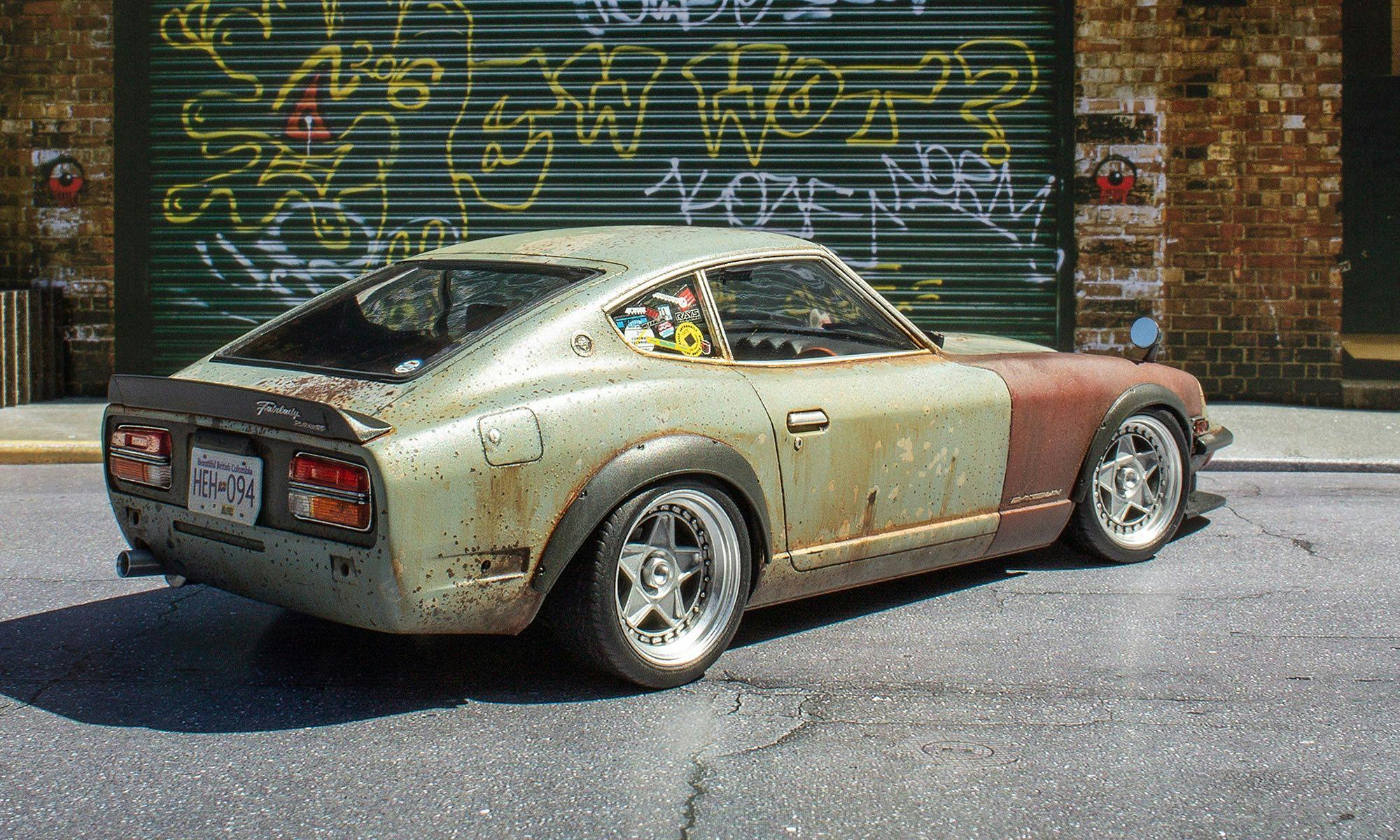

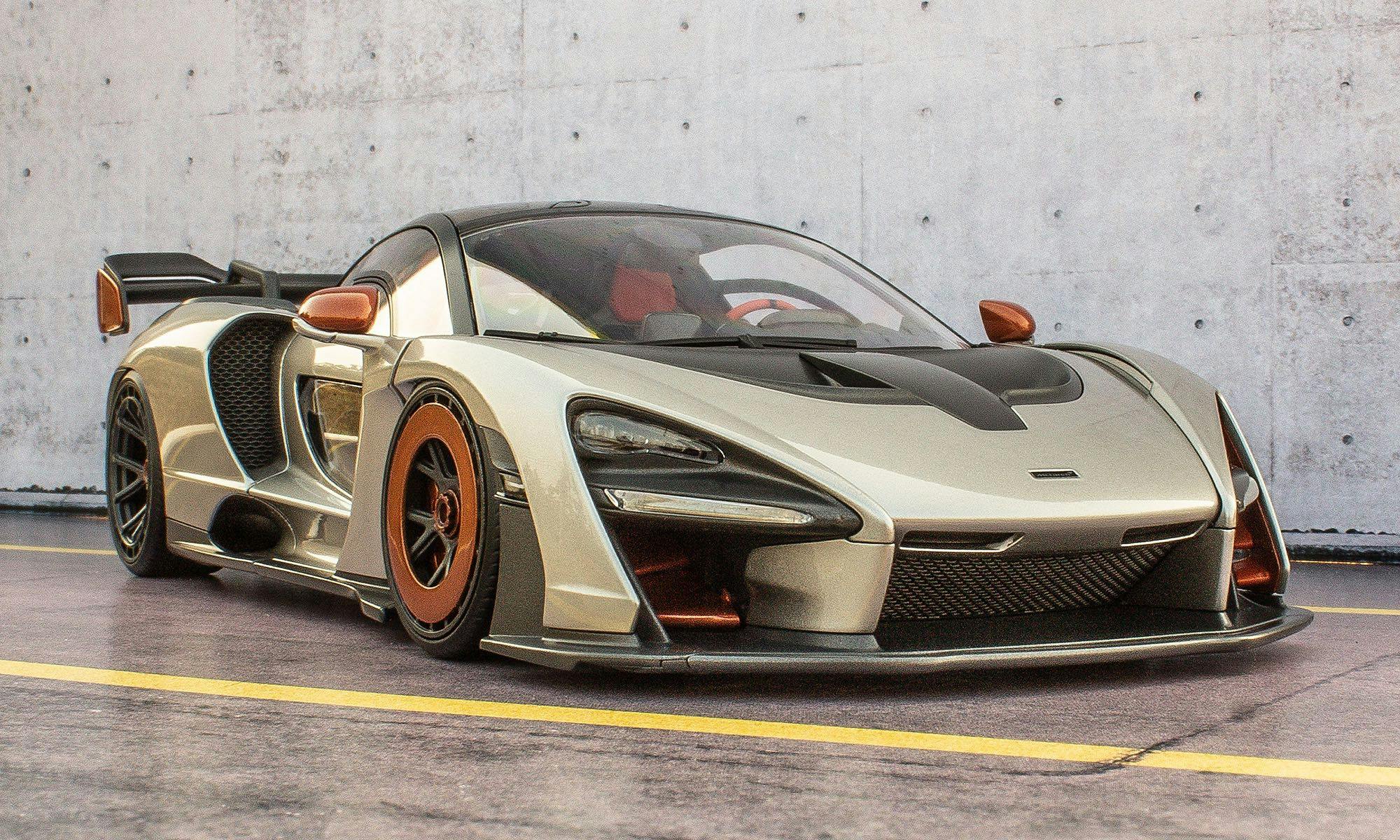

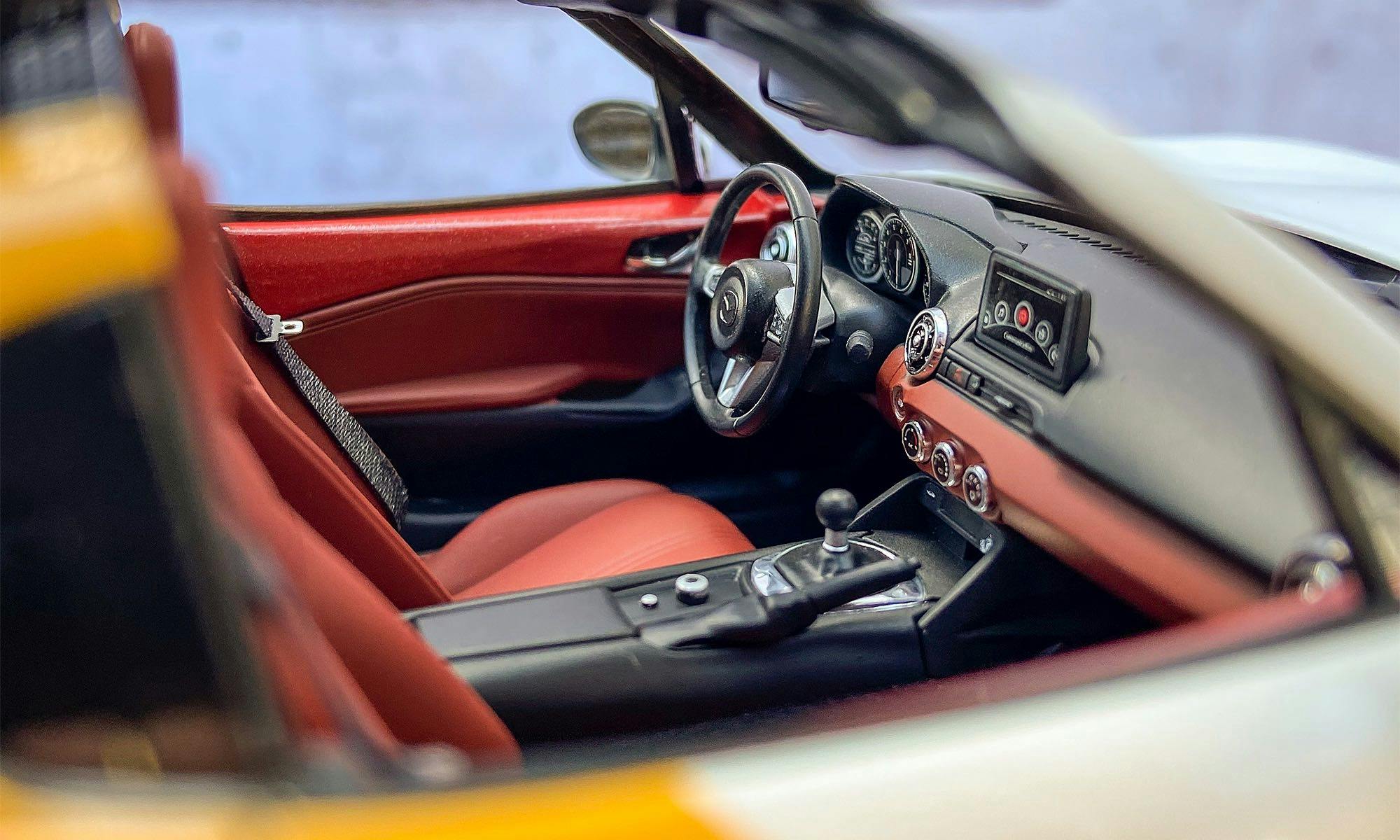
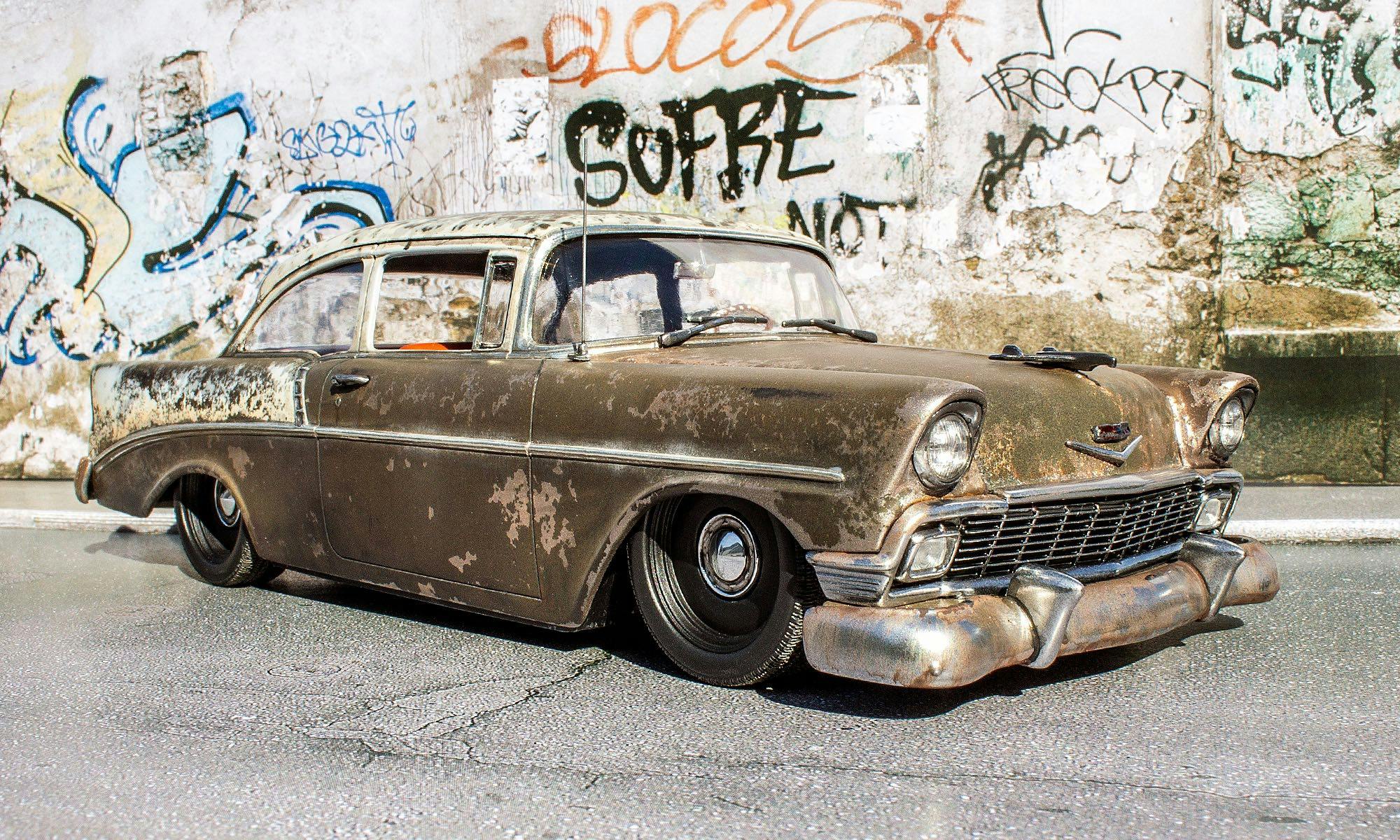
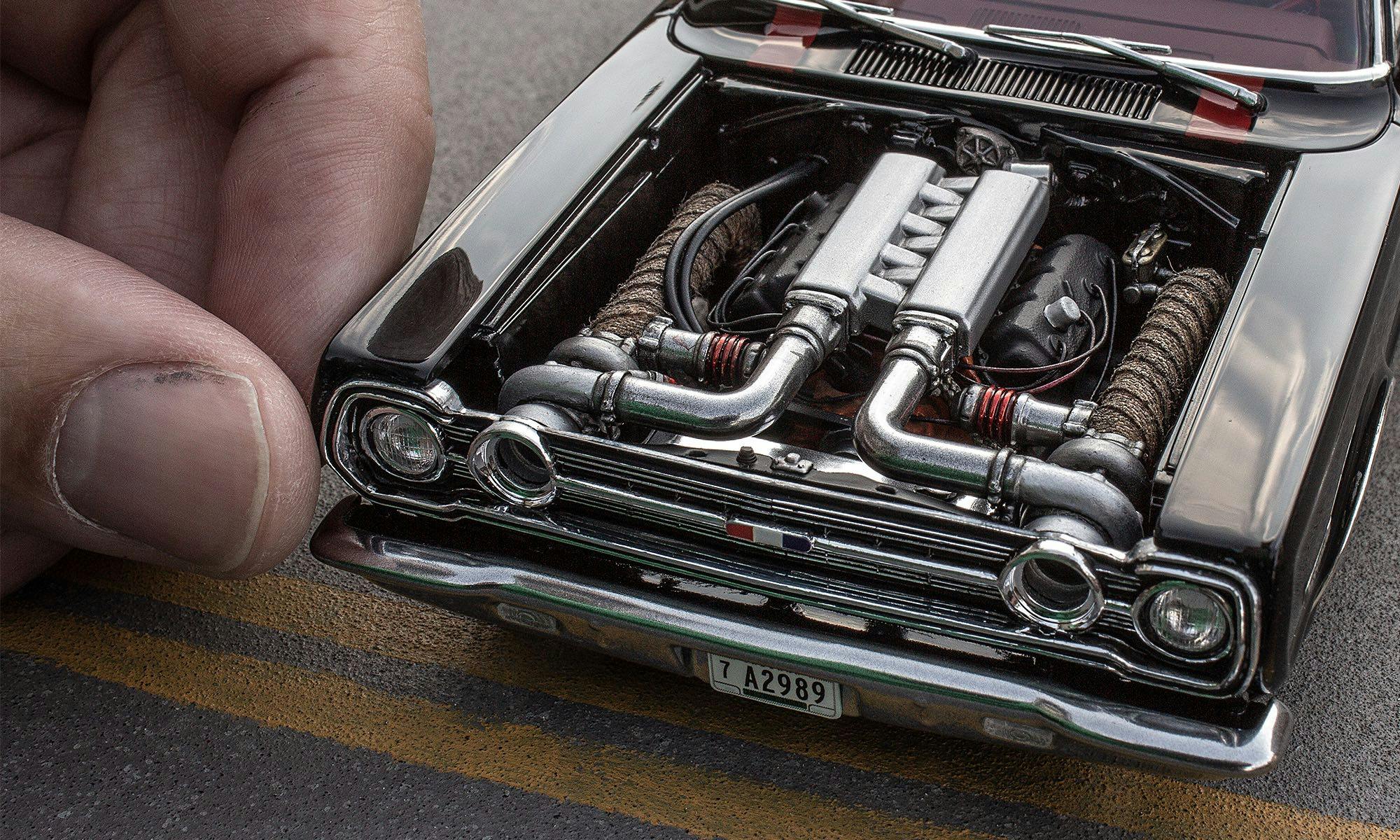
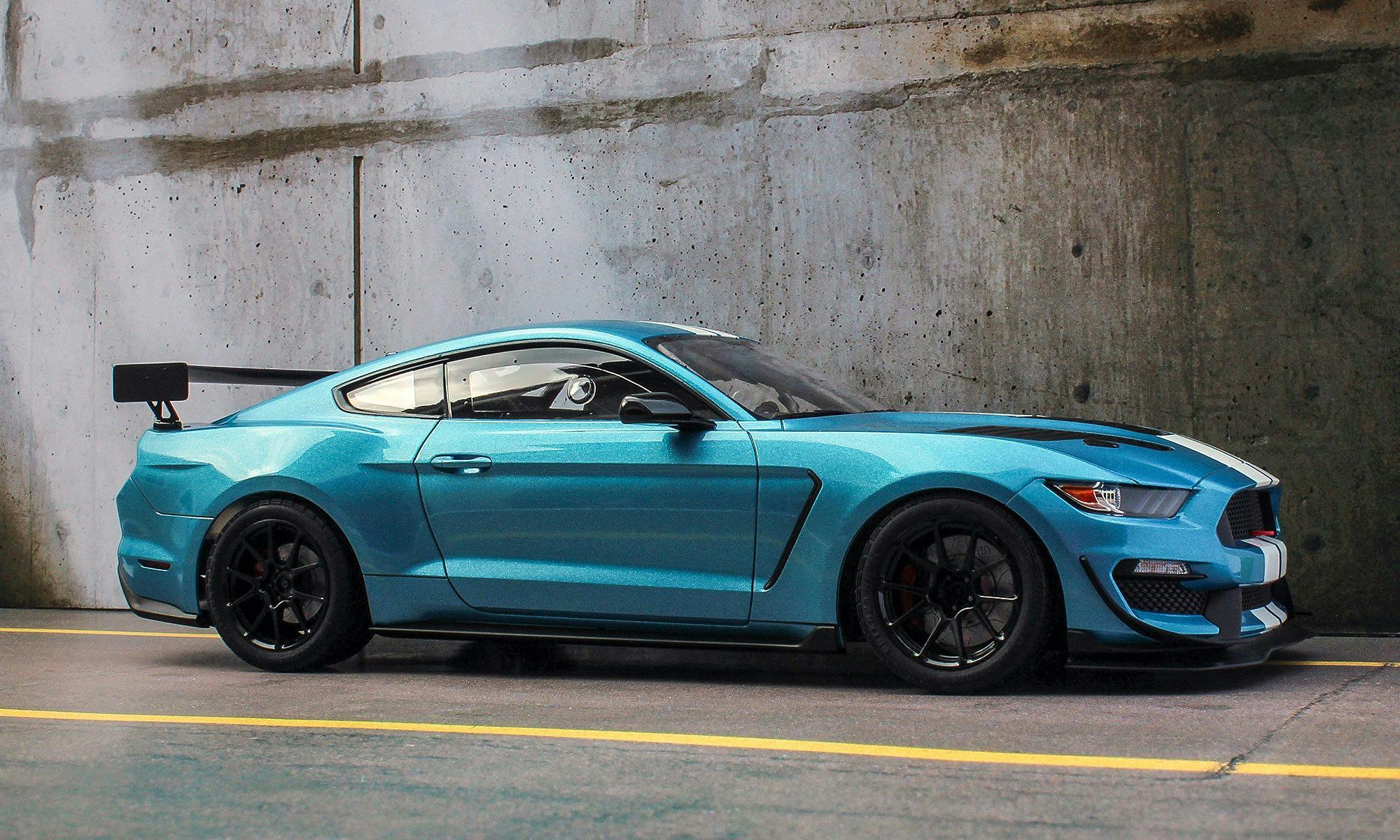
















I love model cars specialy 1/24-1/25 scale , I used to build them but time and age has me enjoing diecast ,still have a few of them that had survive my grand and great grand kids.Lets keep our hobby alive.Thanks.